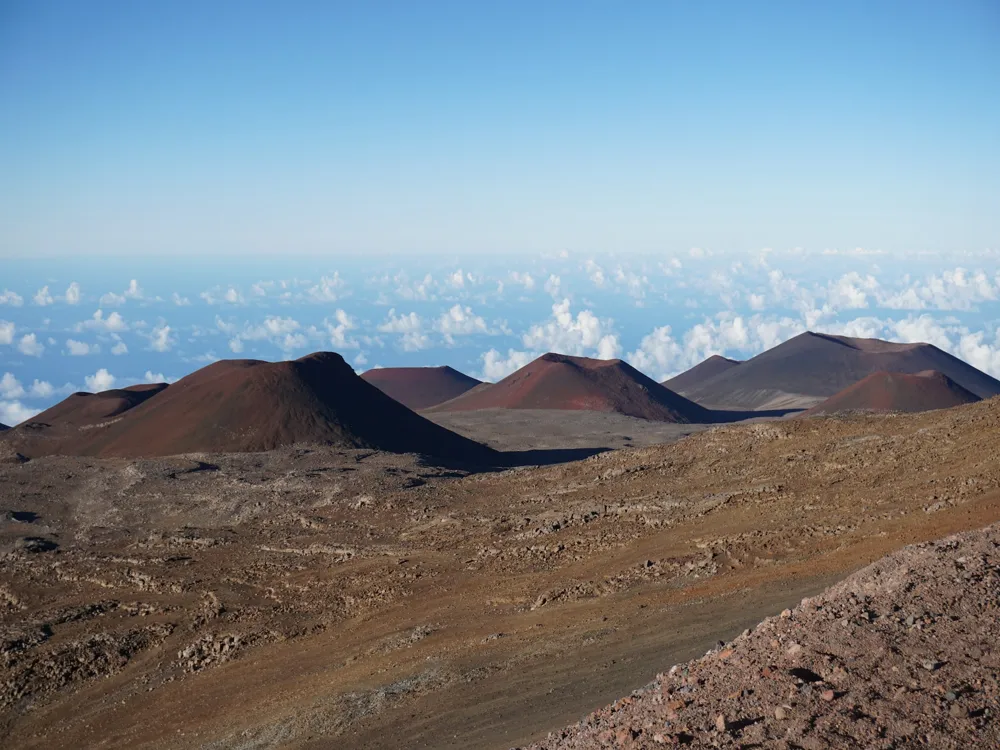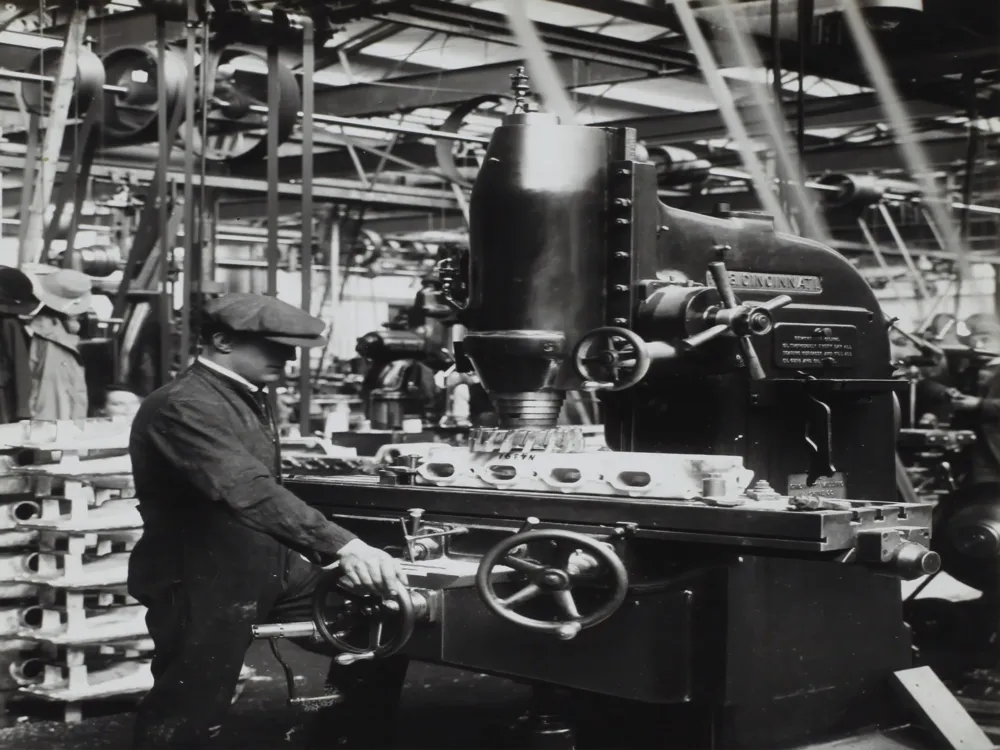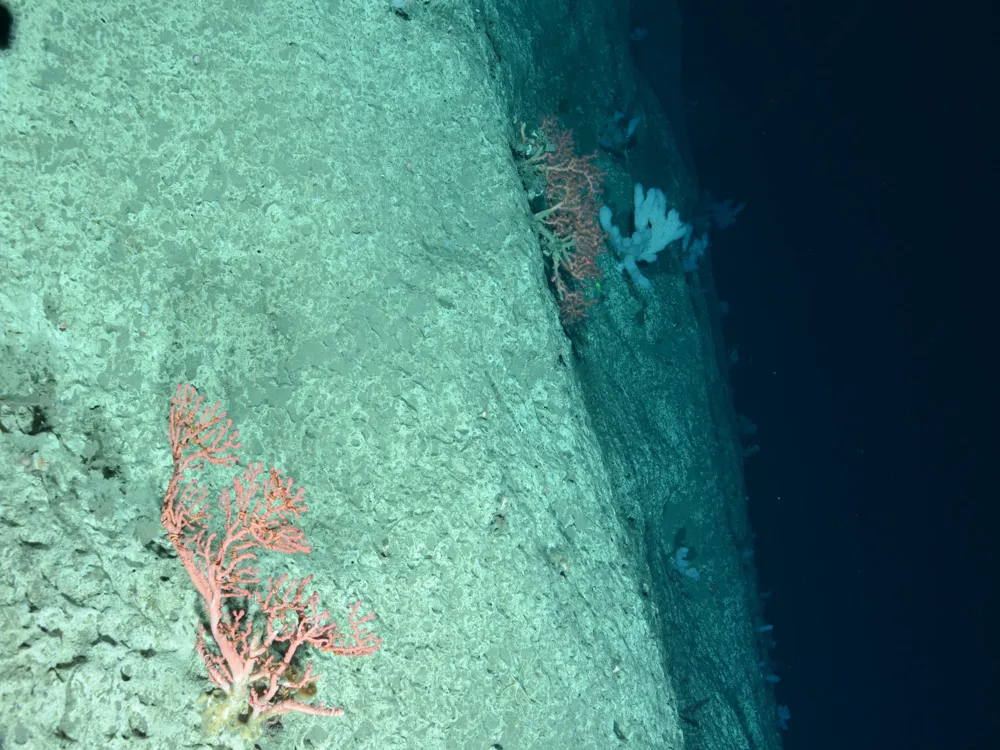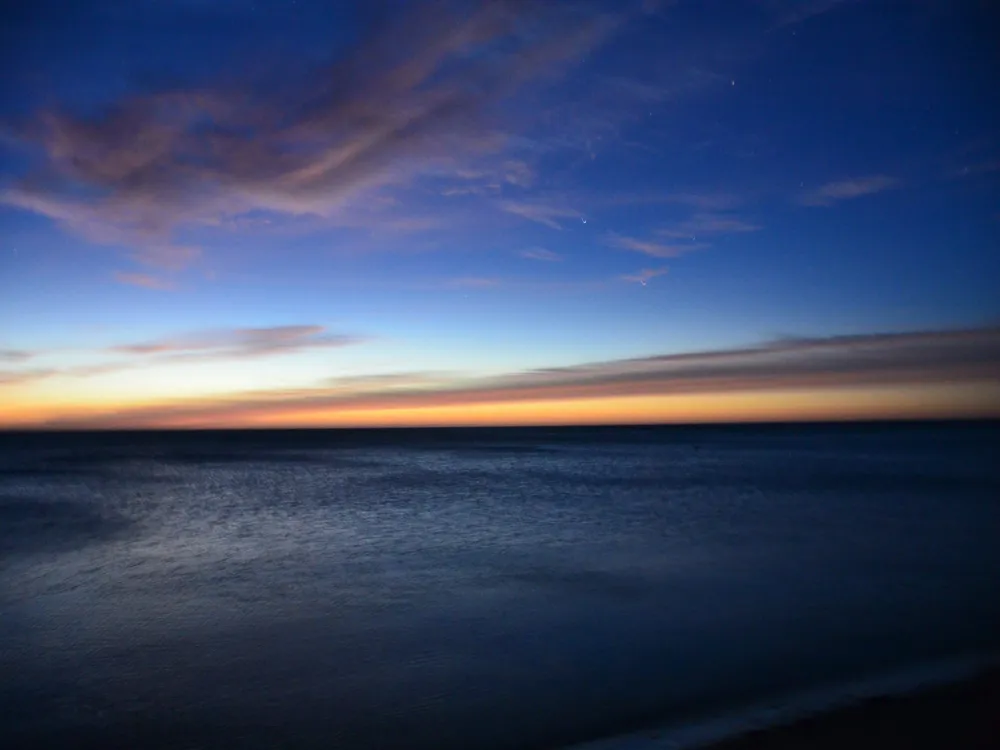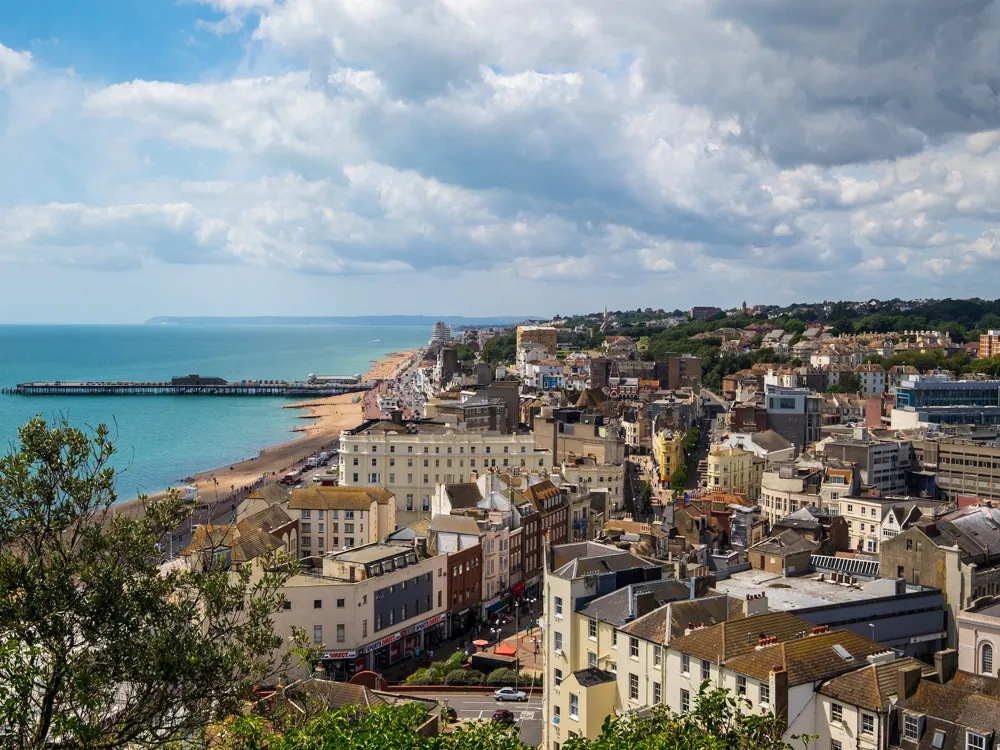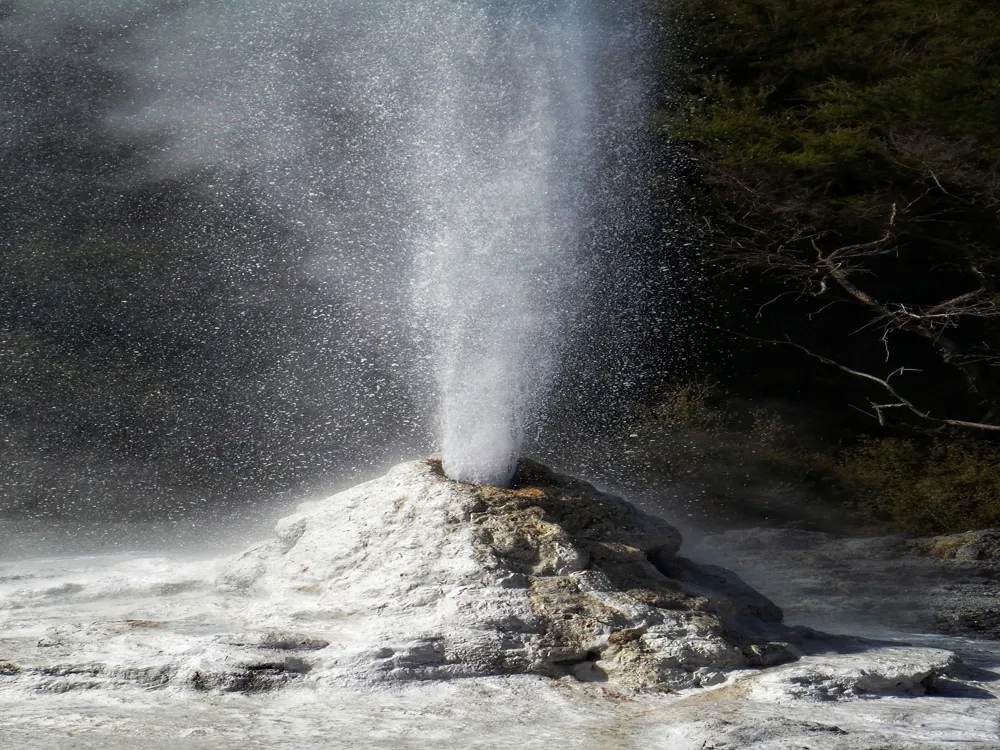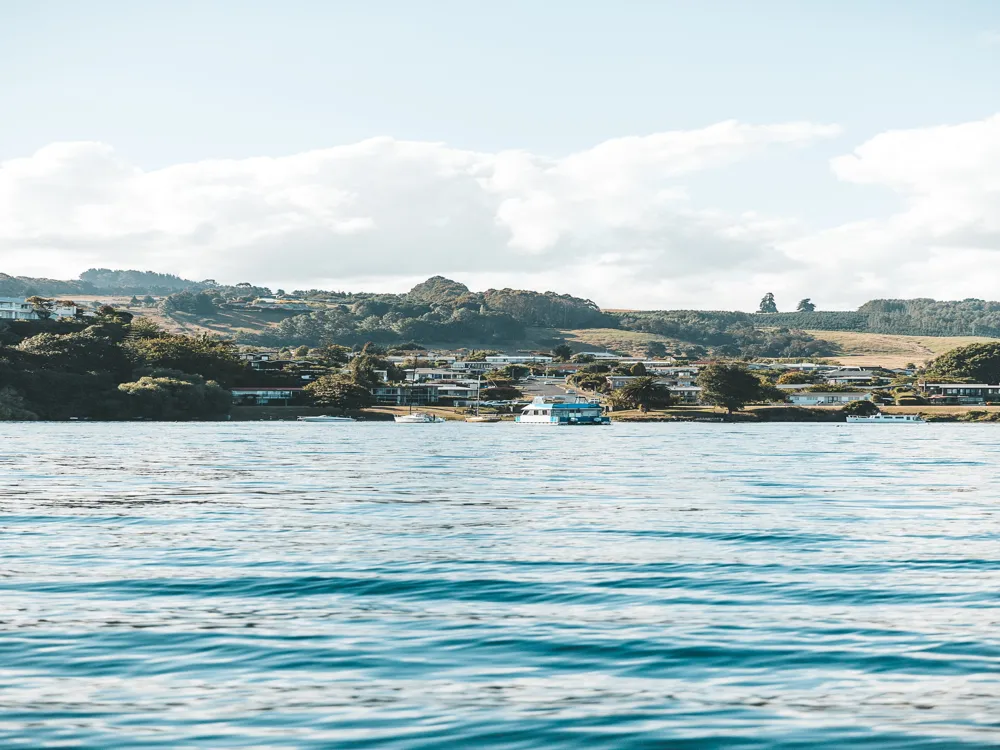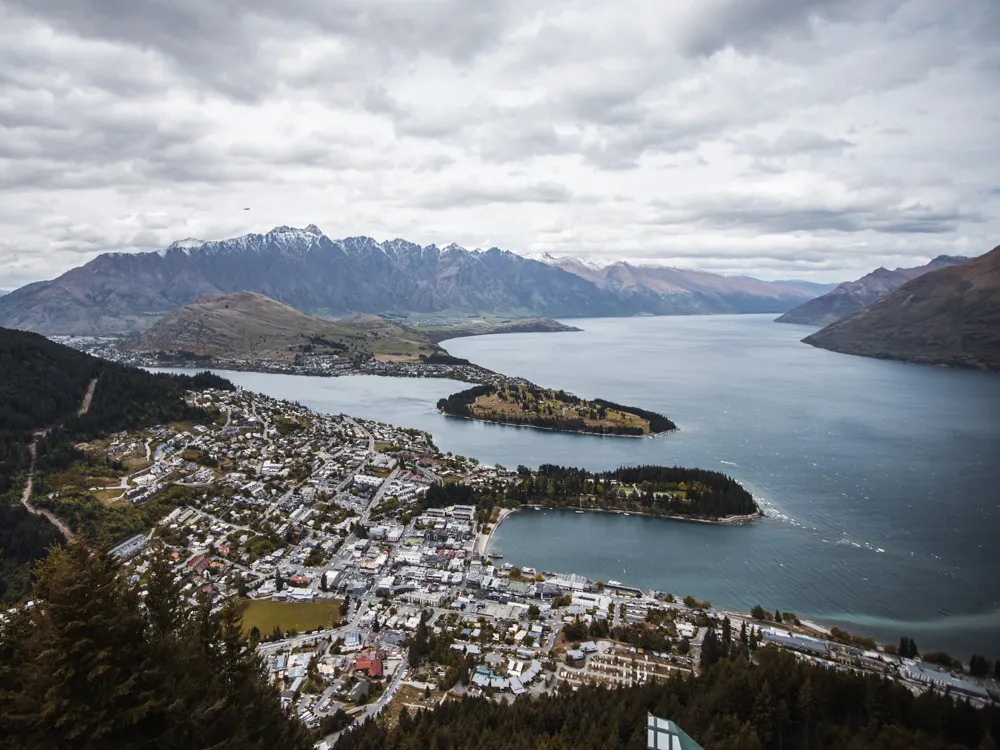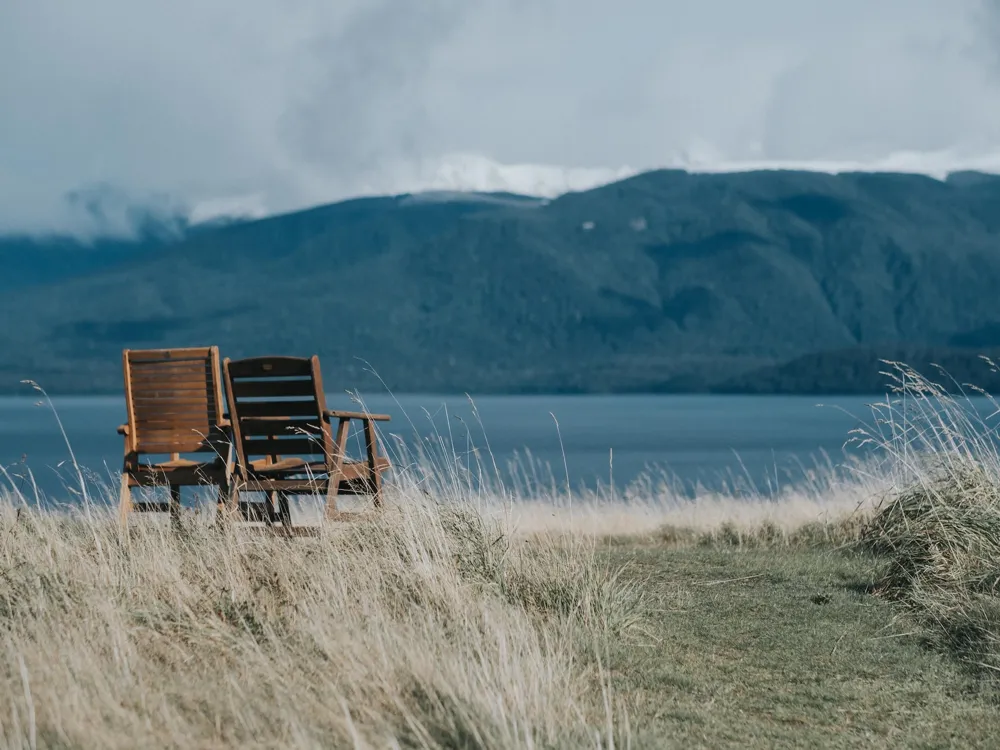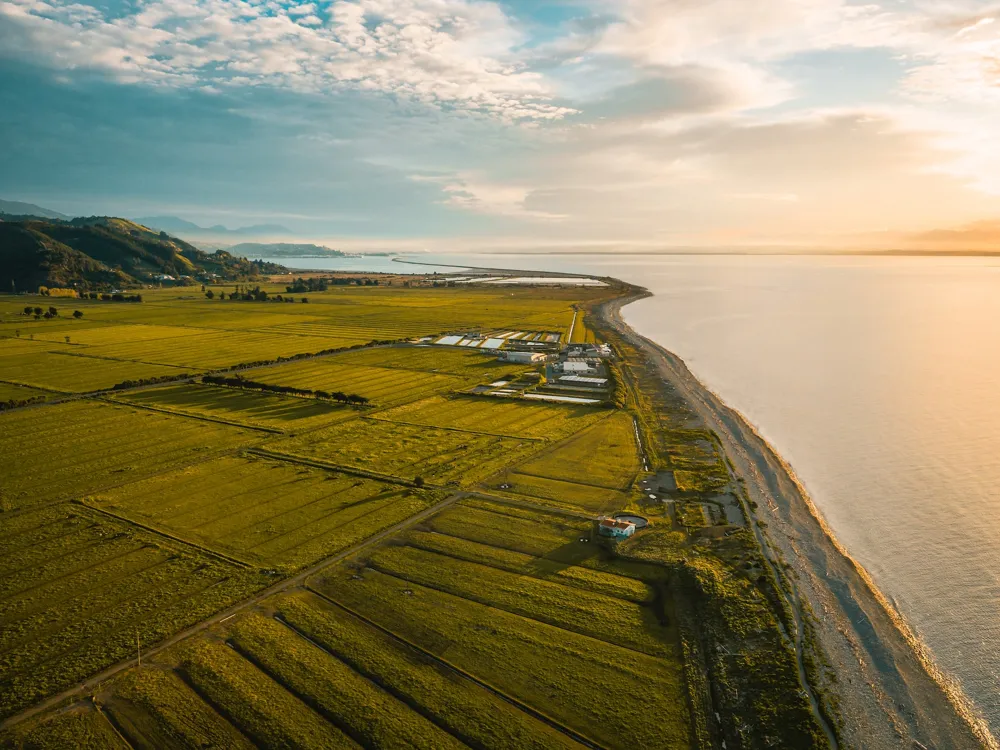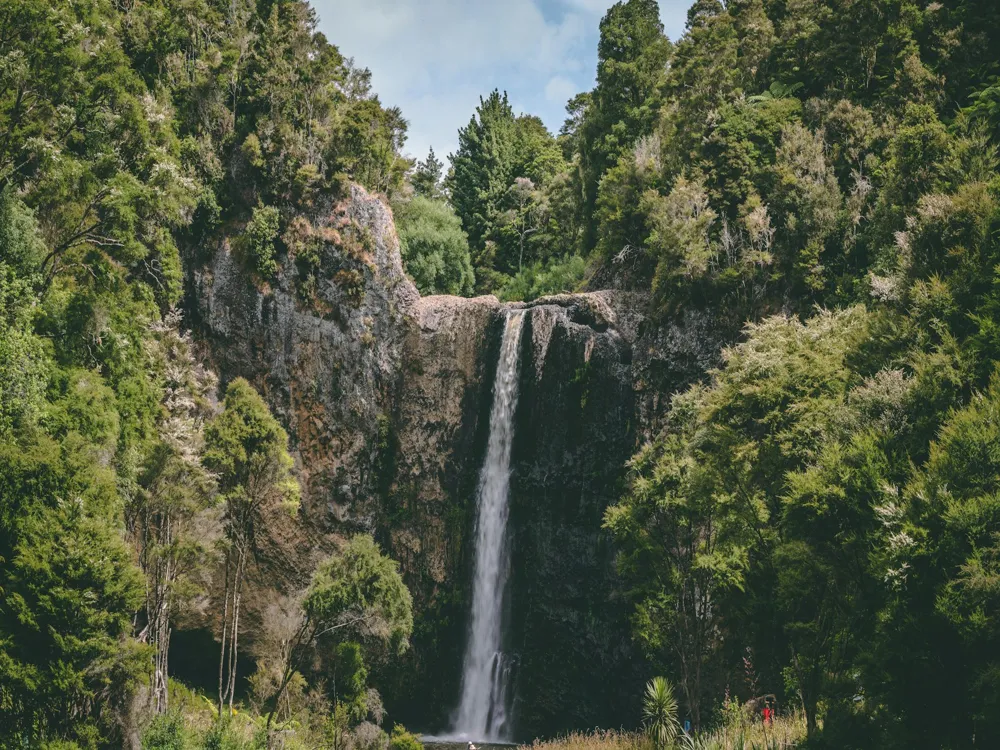Nestled in the picturesque town of Napier, New Zealand, Napier Prison holds a unique place in the country's history as its oldest penal establishment. Opened in 1862, it has witnessed various phases of the penal system, reflecting significant shifts in societal attitudes towards crime and punishment. The prison, now decommissioned, stands as a testament to historical architecture, societal change, and a deeper understanding of New Zealand's colonial past. The prison's history is rich and varied. Initially built to address the needs of a growing colonial settlement, it has housed a diverse array of inmates, including some of New Zealand's most notorious criminals. Over the years, the prison has undergone numerous expansions and renovations, adapting to the changing requirements of penal systems and inmate management. It ceased operations as a correctional facility in the early 1990s, transitioning into a historical site and a unique tourist attraction. The prison's legacy extends beyond its walls. It has been a subject of fascination for historians, architects, and those interested in the penal history of New Zealand. The stories of its inmates, the conditions they endured, and the societal norms that dictated their sentences provide a compelling narrative of New Zealand's journey through its early years of settlement, world wars, and into the modern era. Today, Napier Prison offers a window into this intriguing past, allowing visitors to step back in time and experience a piece of New Zealand's rich history. The architecture of Napier Prison is a remarkable fusion of functionality and historical design, encapsulating over a century of penal construction philosophies and styles. Built initially in the 1860s, the prison's design reflects the colonial architectural trends of that period, characterized by its robust and austere appearance. The use of local materials, including limestone and wood, not only provided durability against the test of time but also lent the prison its distinctive aesthetic. The layout of Napier Prison was strategically planned to meet the demands of a penal institution. Its cell blocks, solitary confinement areas, and common spaces were designed with a focus on security, control, and the principles of 19th-century penal reform. The prison's evolution over the years can be seen in its architectural modifications, which include expansions to accommodate a growing number of inmates and the introduction of modern facilities. The prison's architectural significance also lies in its adaptation to the natural landscape of Napier. Positioned with a view of the Pacific Ocean, the prison's location and design were influenced by its geographical setting. This interplay between architecture and nature not only added to the prison's imposing presence but also played a role in the daily life and mental state of its inmates. Before visiting Napier Prison, it's essential to plan your trip. Check the opening hours and consider booking a guided tour for a more comprehensive experience. Dress appropriately for the weather, as some parts of the tour might be outdoors. To fully appreciate the significance of Napier Prison, familiarize yourself with its history and the broader context of New Zealand's penal system. This background knowledge will enrich your experience and understanding of the site. While photography is generally allowed, be respectful of the site's history and the sensitivity surrounding its past use as a correctional facility. Avoid inappropriate poses or actions that might disrespect the site's solemn history. How To Reach Napier Prison Napier Prison is accessible via various modes of transportation. For those driving, there is parking available nearby. Public transportation options include local bus services, which have stops close to the prison. For international or out-of-town visitors, the nearest airport is Hawke's Bay Airport, from where you can rent a car or take public transportation to the prison. Read More:Overview of Napier Prison
Architecture of Napier Prison
Tips When Visiting Napier Prison
Planning Your Visit
Understanding the Historical Context
Photography and Etiquette
Napier Prison
Napier
₹ 142,000 onwards
View napier Packages
Weather :
Tags : Museum
Timings : 9 AM - 5 PM
Time Required : 2-3 hours
Entry Fee : NZD 20 - Adult
NZD 10 - Child
NZD 50 - Family Pass (2 adults + 2 children)
NZD 60 - Family Pass (2 adults + 3 children)
Planning a Trip? Ask Your Question
Napier Travel Packages
View All Packages For Napier
Top Hotel Collections for Napier

Private Pool

Luxury Hotels

5-Star Hotels

Pet Friendly
Top Hotels Near Napier
Other Top Ranking Places In Napier
View All Places To Visit In napier
View napier Packages
Weather :
Tags : Museum
Timings : 9 AM - 5 PM
Time Required : 2-3 hours
Entry Fee : NZD 20 - Adult
NZD 10 - Child
NZD 50 - Family Pass (2 adults + 2 children)
NZD 60 - Family Pass (2 adults + 3 children)
Planning a Trip? Ask Your Question
Napier Travel Packages
View All Packages For Napier
Top Hotel Collections for Napier

Private Pool

Luxury Hotels

5-Star Hotels

Pet Friendly








